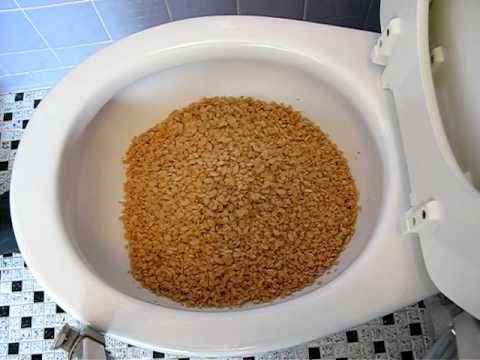Can You to Dispose of Food in the Toilet?
Can You to Dispose of Food in the Toilet?
Blog Article
Just how do you actually feel on the subject of Flushing Food Down the Toilet??

Intro
Many people are often confronted with the predicament of what to do with food waste, particularly when it comes to leftovers or scraps. One usual question that arises is whether it's fine to flush food down the commode. In this short article, we'll delve into the reasons people might consider flushing food, the repercussions of doing so, and alternative methods for correct disposal.
Reasons individuals could consider flushing food
Absence of awareness
Some individuals might not know the possible injury triggered by purging food down the commode. They may incorrectly believe that it's a safe technique.
Convenience
Flushing food down the toilet might seem like a fast and simple solution to dealing with undesirable scraps, especially when there's no neighboring trash bin offered.
Idleness
Sometimes, individuals might simply select to flush food out of sheer idleness, without taking into consideration the consequences of their activities.
Consequences of flushing food down the toilet
Environmental influence
Food waste that winds up in waterways can contribute to pollution and injury marine ecosystems. In addition, the water used to flush food can strain water resources.
Plumbing problems
Purging food can result in clogged pipelines and drains, creating costly pipes repairs and troubles.
Types of food that ought to not be purged
Coarse foods
Foods with coarse textures such as celery or corn husks can get entangled in pipelines and create clogs.
Starchy foods
Starchy foods like pasta and rice can absorb water and swell, causing obstructions in pipelines.
Oils and fats
Greasy foods like bacon or food preparation oils should never be purged down the commode as they can strengthen and create clogs.
Correct disposal approaches for food waste
Making use of a waste disposal unit
For homes outfitted with waste disposal unit, food scraps can be ground up and purged with the pipes system. Nevertheless, not all foods are suitable for disposal in this manner.
Recycling
Certain food product packaging materials can be recycled, lowering waste and lessening environmental influence.
Composting
Composting is an eco-friendly method to get rid of food waste. Organic products can be composted and used to enhance soil for horticulture.
The importance of appropriate waste management
Minimizing environmental damage
Correct waste management practices, such as composting and recycling, aid minimize air pollution and protect natural deposits for future generations.
Securing plumbing systems
By staying clear of the practice of flushing food down the commode, property owners can prevent expensive pipes repair work and keep the honesty of their plumbing systems.
Final thought
Finally, while it may be appealing to purge food down the toilet for convenience, it is very important to understand the prospective repercussions of this activity. By adopting correct waste management methods and disposing of food waste responsibly, people can contribute to healthier plumbing systems and a cleaner atmosphere for all.
FLUSH FOOD DOWN THE TOILET?
FLUSHING FOOD CAN CAUSE BLOCKED DRAINS IN YOUR HOME
All of the plumbing fixtures in your home are connected to the same sewer pipe outside of your home. This outdoor sewer pipe is responsible for transporting all the wastewater from your home to the Council sewer mains. Even small pieces of food that go down the kitchen sink can cause problems for your sewer. It should therefore be obvious that flushing larger bits of food, such as meat, risks a clog in either the toilet itself or the sewer pipes. Flushing greasy food is even more problematic because oil coagulates when it cools, coating the interior lining of your pipes.
THE TOILET IS NOT A BIN
Food isn’t the only thing that people shouldn’t be flushing down the toilet. People use the toilet to dispose of all kinds of things such as tampons, makeup wipes, dental floss, kitty litter and even underwear. Water goes to great lengths to educate residents about the high costs and stress placed on wastewater treatment systems simply from people flushing the wrong stuff down the toilet. It costs taxpayers millions of dollars each year, and homeowners thousands in blocked drain repairs.
FLUSHING FOOD IS A WASTE OF WATER
Flushing food is a waste of our most precious resource - water. In June this year Level 1 water restrictions were introduced to protect water supply from drought conditions. Much of New South Wales continues to be affected by prolonged drought with recent figures revealing up to 97 per cent of the state remains in drought. Depending on whether you have a single or dual flush toilet, every single flush uses between five and 11 litres of water. In the current climate this is a huge amount of water to be wasting on flushing food that should be placed in the bin (or better yet, the compost).
https://www.jabplumbingsolutions.com.au/blog/can-you-flush-food-down-the-toilet

As an avid person who reads about Think Twice Before Flushing Food Down Your Toilet, I figured sharing that excerpt was a good thing. If you liked our blog post plz consider to pass it around. We take joy in your readership.
Request Estimate Report this page